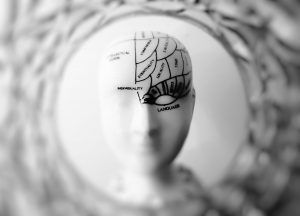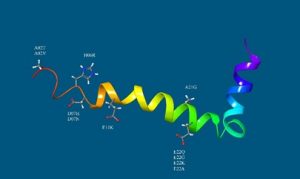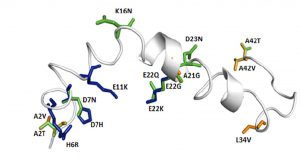Genetic Mutations and Alzheimer’s Disease
Project name: FEHERJEK; Project Leader: Gábor Paragi
Home inst.: MTA-SZTE Biomimetic Systems Research Group, the Hungarian Academy of Sciences – the University of Szeged, Szeged, Hungary, and the Institute of Physics, the University of Pecs, Pecs, Hungary
Alzheimer’s disease is an illness which affects the brain, leading to disabling memory loss, and the loss of other important cognitive function. Though the disease is not hereditary, there are genetic factors that can make people more likely to develop it. Until this decade it was widely believed that the damage from the disease that causes dementia was a result of the accumulation of Amyloid β peptide (a building block of protein, Aβ) in the brain, forming structures called plaques. This was believed as plaques have been found in the brain of every patient who has died of Alzheimer’s. It is now becoming apparent however, that other toxic forms of these Aβ peptides (oligomers of the Aβ peptide) may be responsible for the damage caused to neurons in the brain.


In Hungary, Gábor Paragi and colleagues of MTA-SZTE Biomimetic Systems Research Group (the Hungarian Academy of Sciences at the University of Szeged) and the Institute of Physics (at the University of Pecs) are probing the processes that lead to plaque formation, hunting for clues about, and causes of Alzheimer’s disease. Many previous studies neglected the earlier activities of Aβ peptides as the final products – the plaques – which were thought to be critical, were most closely scrutinised. However, whilst investigating Aβ peptide formation, it became apparent to Gábor Paragi and colleagues that mutations in the components (monomers) that form Aβ peptides can lead to toxic effects.
The research group has been using Replica ExchangeMolecularDynamics (REMD) techniques, utilising the computational resources and power of the Debrecen2 (Leo) GPU cluster to analyse the molecular dynamics at play during this process. They have discovered connections between the presence of certain structure and mutated toxic peptides. This will hopefully increase the understanding, and ultimately the treatability of this disease, reducing the burden of suffering endured by those affected and their families worldwide.
We would like to express our special thanks for the computational resources on the Debrecen2 (Leo) GPU cluster. This work was supported by the Hungarian Government, grant number GINOP-2.3.2-15-2016-00034 and GINOP-2.3.2-15-2016-0003.



